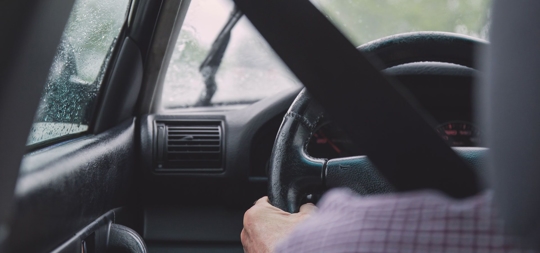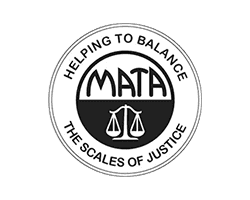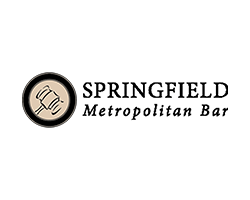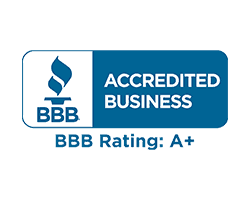A car wreck is one of the most terrifying events a person can experience. The innocent person often has no idea that another vehicle is about to crash into them and that their life is about to change. This is true for all car accidents, non-injury, minor-injury, and major-injury.
What is the Likelihood of Getting in a Car Accident?
Studies done by car insurance companies have stated that the average driver in the US will call in an auto collision claim every 17.9 years. This means, most adults will get into about three car accidents over their lifetime. Luckily, the vast majority of these crashes are not serious and very minor.
According to a 2016 National Highway Traffic Safety Administration (NHTSA) Research Note, there were 4,548,000 non-injury accidents in the United States. (This breaks down to 518 crashes per hour!) Non-injury accidents are by far the most common type of crash (thankfully). Non-injury crashes are commonly associated with low-impact crashes between two vehicles- often in slow traffic. There is often no noticeable damage or only small scratches.
If you have been involved in a non-injury car accident, you don't need to face your insurance company alone. Contact Pettit Law Office today to schedule a free case evaluation.
Safety Assessment
Immediately after the impact, take a safety assessment. Think about your body:
- Did you hit anything inside the car?
- Did your inertia belt kick in?
- Do you feel any pain?
Next, check the status of any passengers- are they ok?
Find A Safe Place To Investigate
After finding you and all passengers are OK you need to find a safe spot to assess the impact and damage. Pull to the side of the road, to a parking lot, or other safe place at least two car lengths from moving traffic. You want to give yourself enough room to get out and investigate the crash by taking photos. You also want to allow room for other vehicles to arrive.
Investigate
Before getting out of your vehicle, make sure you have your phone in hand. This will be your documentation tool. (There are several apps out there to help with the process. Check out some of the most popular crash reporting apps: AxiKit, and SOSmart.)
- First, make contact with the other driver - More often than not, they will notice the impact and will follow you to a safe place to assess the damage. (NOTE: If the other driver leaves, call 911 immediately.) It is best to take a non-aggressive approach when dealing with the at-fault party- don’t make accusations. Focus on getting all possible information: insurance, car color & make/model, license plate, physical description of the other driver.
- Next, take pictures of the vehicles - Get pictures both close-up and far away. (These pictures will be critical when dealing with the insurance company with potential “existing damage” allegations.) Be sure to include the other driver’s license plate for easy recollection. (Investigator Tip: wipe down the area of impact with a clean cloth. This will eliminate dirt and grime that can camouflage damage. Also, take pictures under or behind the area of impact as most of the impact is absorbed by hidden parts.)
- After taking pictures of the vehicles, get a picture of the scene where the collision happened - If it’s in a busy intersection, be careful to stay out of traffic. Get pictures from all vantage points: take pictures in the direction each vehicle was facing, then take pictures the OPPOSITE direction each vehicle was facing. This helps identify (and disprove) any external contributors to the crash.
Get A Crash Report
Insurance companies love to deny claims because there was no crash or incident report. Without a crash or incident report the insurance company will argue that there is no “neutral” report of the incident and they don’t have enough information to pay the claim. Or even worse, their insured (the person who hit you) later claims that you actually hit them!
If you’re on a public road...
Call Police. They will give you directions on whether you should stay on scene, or whether you should come to the police station. It’s not uncommon for police to be busy with other matters and they may contact you several hours or days after the crash. If this is the case, it will be your responsibility to maintain contact with the police department to make sure the crash report gets done. Don’t be afraid to call the department once per day until you get your report. The squeaky wheel gets the grease!
If your crash happened in a parking lot or other private area...
The police are much less likely to do a report. (Police departments often categorize minor crashes on private property as “civil matters” and refuse to help.) If you’re in a public parking lot like a mall or Wal-Mart, there is likely a procedure for reporting the incident. Go to the management desk and ask to make a report. (Investigator tip: Ask if the business has any video of the parking lot. If they have video of the parking lot. Ask if you can view the recording. If they allow you to do this, get permission to record the video clip with your phone’s video camera. If they won’t let you use video, be sure to ask the business to preserve the video- make this request in writing if at all possible.)
Get A Repair Estimate
You can go to any auto-body repair shop to get a quote for repairing your vehicle. The best practice is to get two separate estimates of repair. The purpose of this is to have multiple estimates that will back you up when working with the insurance company.
Repair shops will do a thorough check of the vehicle to see what parts have been damaged and will provide an estimate of what they would charge to fix it. The estimate should be itemized to show exactly what parts, materials, and labor go into the overall estimate.
Contact The Insurance Company
The first time you contact the insurance company should be the date of the crash. This is usually done by a call to the company to open a claim. They will give you a claim number and usually a direct line to the insurance adjuster who will handle the claim.
They may make an offer of settlement before you gather the crash report and repair estimate. This may be a tempting offer, but DO NOT accept this offer without being fully informed.
Often times the repair company will offer to work directly with the insurance company to get them to pay the repair bill. This is often the easiest way to get you property damage claim resolved.
BUT BEWARE: When insurance companies see this, they may ask you to sign a release that releases them from ALL CLAIMS arising from the crash.
If you fall for this, you will lose all ability to make a claim for injuries that arise as a result of the crash. Auto-body shops mean well when they try to work with the insurance company on your behalf, but they’re not attorneys. You could make a mistake by signing a release without having an attorney review it.
If you choose to contact the insurance company on your own, you should be prepared to send all of your documentation to them: pictures, crash report, and estimates. You can usually email this information to the adjuster and you can discuss everything with them in real time.
If you’ve tried working with the insurance company and they’re not offering you fair payment for your property, it’s time to call an attorney. Under these circumstances, an attorney is usually able to increase the amount of money you receive for your property by more than the cost of the attorney’s fee.
Settle The Claim
Whether you’re handling the claim on your own, through an auto-repair shop, or through an auto accident attorney, you’ll have to go through the settlement process. First, you’ll be asked to sign a release stating that you’re releasing the insurance company (and their insured) from liability from the crash.
IF YOU’RE NOT CLAIMING BODILY INJURY, BE SURE THAT YOU’RE NOT RELEASING ANY CLAIM OF BODILY INJURY.
Usually you must sign this before any money will be sent to you. After signing the release, you should have your money within 2 weeks. If not, you should be calling the adjuster, asking where your money is. (Again, the squeaky wheel gets the grease.)
Once you receive your settlement check you should review it to make sure everything’s in order. If working with an attorney, they will review everything for you to make sure you get what you were promised.
Again, this is a brief overview of the NON-INJURY Auto Collision process. This process assumes you have no bodily injury, no lost work, no medical bills, and no other out of pocket expense other than the damage to your vehicle. As stated in our blog articles on injury collisions, you should wait several weeks to make sure you have no latent pains or injuries before finalizing your settlement.
If you have been involved in a non-injury, OR injury-causing collision, call our firm today at (417) 222-6640. Se habla español.












